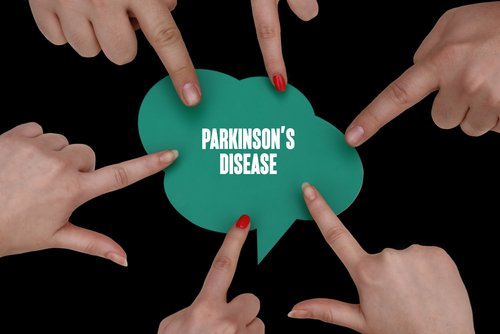ND0612H Eliminated Daily Symptoms-recurrence Periods for 42% of Parkinson’s Patients, Trial Shows
Written by |

Forty-two percent of Parkinson’s patients who took ND0612H were able to eliminate periods during the day when their symptoms recurred because their therapy had worn off, according to a Phase 2 clinical trial.
The 006 trial (NCT02577523) of NeuroDerm’s IV-delivered therapy dealt with what is known as Parkinson’s off time. The time when a treatment is doing a good job of controlling symptoms is called an on period, and the time when symptoms re-emerge an off period.
ND0612H, a combination of levodova and carbidopa (LC), eliminated off time in 42 percent of the patients. In addition, it reduced off time in the group as a whole from an average of 5.6 hours during the day before treatment to 2.8 afterward.
Dr. Sheila Oren, chief medical officer at Israel-based NeuroDerm, presented the poster-session results at the 21st International Congress of Parkinson’s Disease and Movement Disorders in Vancouver, June 4-8. The presentation was titled “Safety, efficacy and tolerability of continuous SC LD/CD (ND0612) infusion in PD patients with motor fluctuations.”
Off times consist of periods when patients become rigid and unable to move or communicate.
The trial was a 28-day multi-center study in the United States, the European Union and Israel. It compared the effectiveness, safety, tolerability and pharmacology — or drug characteristics — of two dosing regimens of ND0612H and a standard oral therapy in 38 patients.
Regimen 1 consisted of a high dose of ND0612H for 18 hours and a lower night dose for six hours. Regimen 2 consisted of a low dose for 14 hours during waking hours, and an even smaller dose the next morning. All of the patients could add an oral version of the levodova-carbidopa combo if they wanted.
The primary objective of the study was to see if ND0612H delivered continuously by IV over 24 hours would lower patients’ off time. Regimen 1 eliminated off time in 42 percent of patients. It also cut off time in half — from 5.6 hours to 2.8 hours — in the group overall.
Researchers also evaluated the percentage of patients who were experiencing on time in the early morning — a time of the day when Parkinson’s therapies often wear off. Regimen 1 doubled the number of patients who achieved their first on between 8 a.m. and 9 a.m., compared with what was happening before they were treated.
Another finding was that both regimens increased patients’ “good” on time, the periods when they experienced little or no dyskinesia, or impairment of voluntary movements. Regimen 1 increased “good” on time from 9.2 to 12.9 hours, and Regimen 2 from 8.5 to 11.3 hours.
Both Regimen 1 and 2 decreased from 5.1 hours to 1.6 hours the moderate or severe dyskinesia experienced by a subgroup of 14 patients.
In addition, patients on Regimen 1 improved their scores at 8 a.m. on a measure of movement functioningknown as the Unified Parkinson’s Disease Rating Scale III score. And they maintained the improvement throughout the day.
Both regimens were well tolerated. Four patients reported serious adverse events, and two dropped out of the trial. IV-site reactions were common, but patients were able to tolerate most of them. The ND0612H infusion pump did not cause any major inconvenience, patients reported.
“The significant increase in Good ON time coupled with a significant reduction in OFF time, including a complete resolution of OFF time to zero in 42% of patients in the first of our two regimens, demonstrates the substantial potential of 24-hour administration of ND0612H,” Dr. Oded S. Lieberman, the CEO of NeuroDerm, said in a press release.
Lieberman said the results indicate that the combo therapy could signal a major improvement in the treatment of advanced Parkinson’s, “without the surgical risks associated with deep brain stimulation and LD/CD intestinal gel.”





